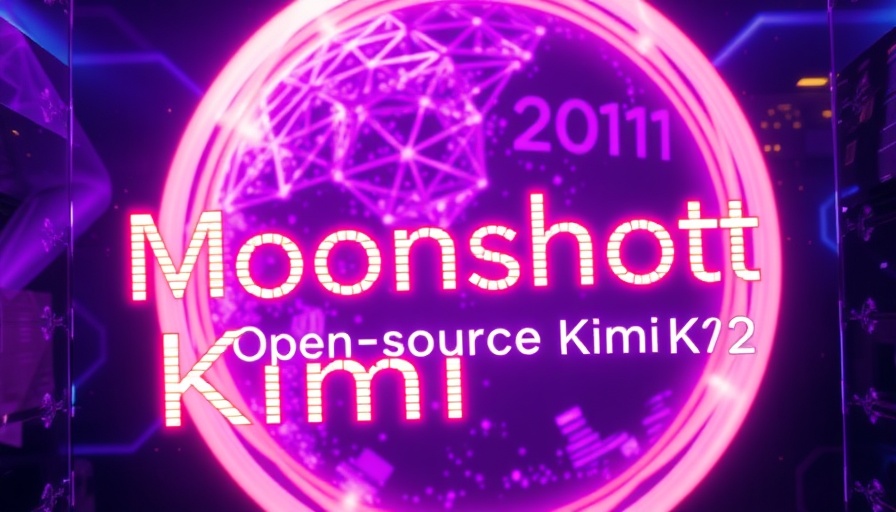
Revolutionizing Open Source AI: Kimi K2 Unveiled
In a surprising turn of events, Moonshot, a new Chinese company, has launched Kimi K2, a powerful open-source AI model that boasts an impressive one trillion parameters. What sets this model apart is not just its size but its capability; it's designed for agentic reasoning, enabling it to efficiently execute multi-step tasks while maintaining a competitive edge in performance benchmarks against established models.
In Kimi K2: BEST Opensource Model! BEATS SONNET 4!, the discussion dives into groundbreaking advancements in AI technology, prompting us to analyze its implications further.
What Makes Kimi K2 Stand Out?
Kimi K2 employs a mixture of 32 billion active parameters, showcasing outstanding performance in AI tasks such as language understanding and math-based challenges on platforms like Swaybench and AceBench. In comparisons to well-known proprietary models like Claude 4 and Opus 4, Kimi K2 not only matches performance but provides a more affordable and accessible option for users. This shift represents a significant advancement in open-source AI, demonstrating that high-level performance is no longer confined to closed-source models.
Breaking Boundaries in AI Accessibility
The beauty of Kimi K2 lies in its open-source approach. With models such as the base version for deep customization and the chat-ready instruct version, users can leverage its capabilities for diverse applications, including automation and enhanced customer experiences. This model not only competes at a high level but also does so at a fraction of the cost of its counterparts. Such advancements are critical for future development and democratization of AI technologies.
AI Advancements: What This Means for the Future
As Kimi K2 raises the bar for open-source AI with its implementations, experts predict that more developers and businesses will adopt AI tools to enhance efficiency. With applications in various sectors from healthcare to customer service, the potential for growth is incredible. Not only will Kimi K2 provide cutting-edge technology to developers, but it will also position businesses to innovate rapidly in a competitive landscape. This momentum is likely to accelerate as more users take advantage of user-friendly API integrations.
In summary, Kimi K2 not only demonstrates that open-source models can achieve high performance but also establishes a pathway for future innovations in automation, customer engagement, and more. For anyone interested in AI and the latest breakthroughs, exploring Kimi K2 is highly recommended.
 Add Row
Add Row  Add
Add 




Write A Comment